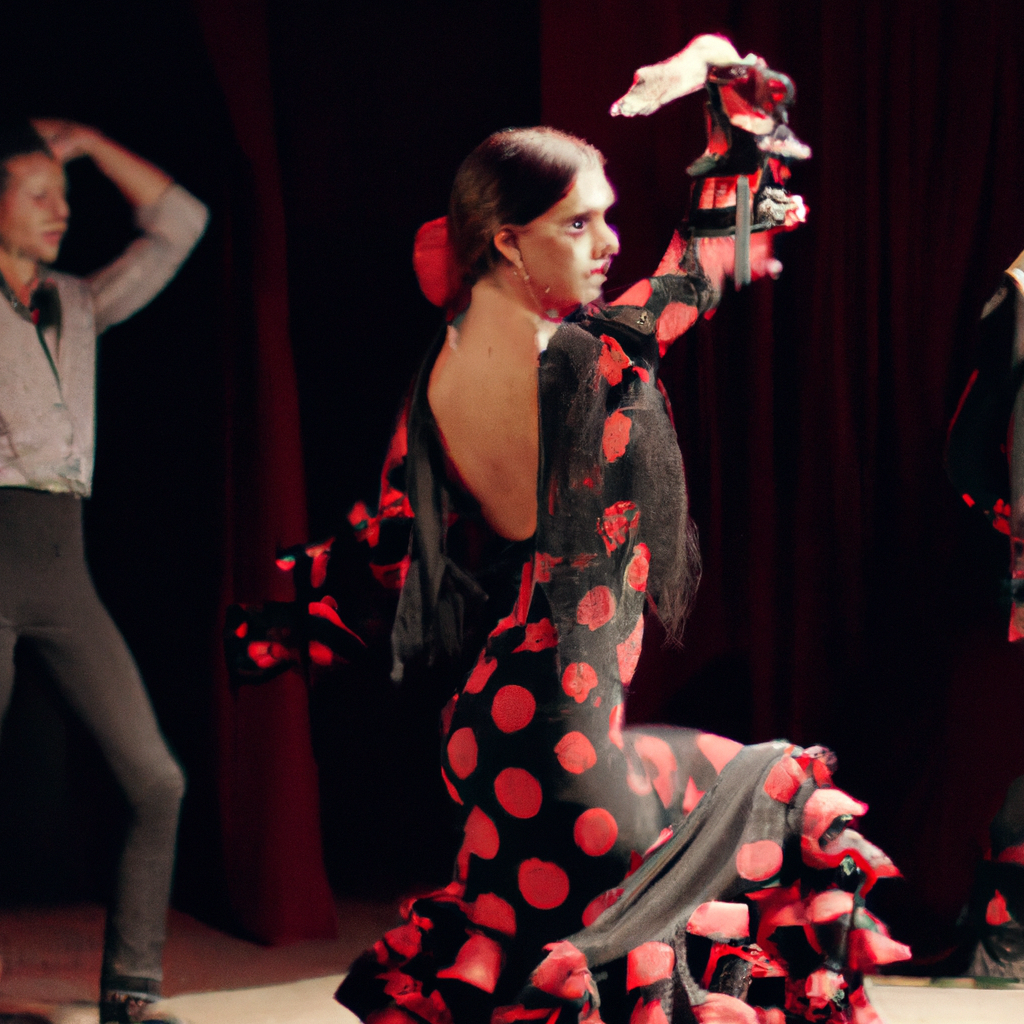Flamenco Dance: A Traditional Art Form with Cultural Significance
Flamenco dance is a Spanish dance that originated in Andalusia, a region in the southern part of Spain. It is a traditional dance that has been passed down from generation to generation, and it has become an important part of Spanish culture. Flamenco dance has gained significant popularity over the years, and it is now recognized as one of the most famous dance forms in the world. In this article, we will explore the history and cultural significance of Flamenco dance.
The History of Flamenco Dance
The origins of Flamenco dance are not entirely clear, but it is believed to have originated in Andalusia during the 15th century. Flamenco dance is said to have been influenced by various cultures, including the Moorish, Jewish, and Gypsy cultures. The dance was initially performed by the Gypsies who lived in Andalusia, who mixed their traditional dance with the local dance to create Flamenco dance.
Over the years, Flamenco dance evolved and became more sophisticated. It became a popular form of entertainment in Andalusia, and people from all walks of life began to appreciate the dance. Flamenco dance also gained recognition beyond the borders of Spain, and it became an important part of the Spanish cultural identity.
The Cultural Significance of Flamenco Dance
Flamenco dance is an art form that is deeply rooted in Spanish culture. It is a form of expression that reflects the emotions and feelings of the dancers. The dance is often accompanied by music, and the combination of the two creates a powerful performance that is mesmerizing to watch.
Flamenco dance is also significant because it represents the cultural diversity of Spain. The dance has been influenced by various cultures, and it has become a symbol of the multiculturalism that exists in Spain. Flamenco dance is also a way for people to connect with their roots and their cultural identity.
The Importance of Flamenco Dance Today
Flamenco dance has become an important part of Spanish cultural heritage, and it has gained popularity all over the world. The dance is now recognized as a UNESCO Intangible Cultural Heritage, which means that it is recognized as an important part of the world’s cultural heritage.
Flamenco dance has also been embraced by contemporary art forms, such as theater and film. The dance has been featured in many films, including the famous Spanish movie “Carmen,” which showcases the beauty and power of Flamenco dance.
Conclusion
Flamenco dance is a traditional dance that has become an important part of Spanish culture. The dance has a rich history that is deeply rooted in the Andalusian region of Spain. Flamenco dance is also significant because it represents the cultural diversity of Spain. The dance has gained popularity all over the world and has become an important part of the world’s cultural heritage. Flamenco dance will continue to be an important part of Spanish culture and an art form that is cherished and celebrated for generations to come.







